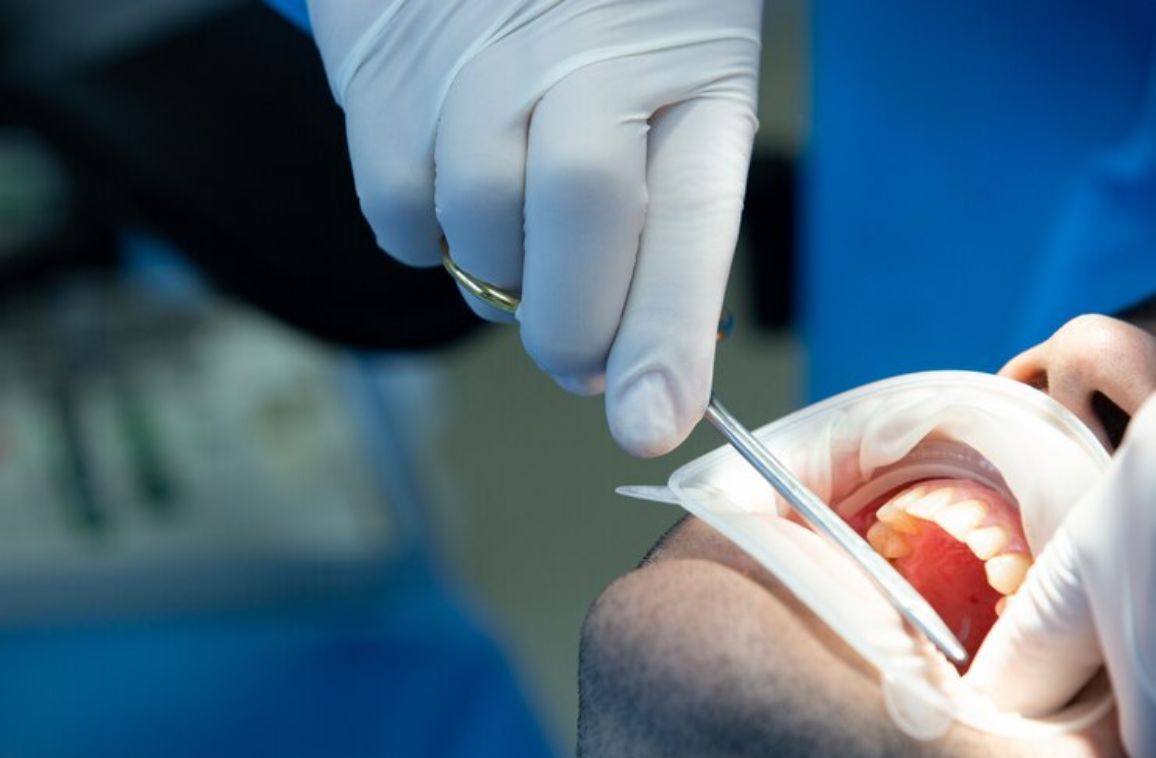Bone grafting for teeth is a procedure whereby a dental bone graft replaces missing or lost bone in one’s jaw. Healthcare providers commonly place bone grafts before dental implant surgery or perhaps when bone loss negatively affects one’s oral health. Initial healing takes about a week.
It can take up to one year for the bone graft to fully heal.
If a person has indeed come across the term “bone grafting” in the context of dentistry, he or she can be wondering what it entails and why it is essential. Dental procedures can at times seem intimidating, but they can also play a crucial role in maintaining oral health.
Dental Bone Grafting for Teeth: What is it?
Dental bone grafting is considered to be a special surgical procedure where a dentist or even oral surgeon adds bone tissue to one’s jawbone or even dental ridge. It is rather typically done to strengthen the bone or even create a stable foundation for dental implants.
Why is it necessary in dentistry?
Dental bone grafting is required for several reasons. A primary purpose is to ensure that the jawbone has sufficient density and also volume to support dental implants effectively. It also does repair as well as regenerate bone lost due to periodontal disease or trauma.
Experienced teams specialize in bone graft surgery and prioritize the patient’s comfort and well-being during the procedure, thus ensuring the highest quality care.
Need for Bone Grafting for Teeth
Assessing the Need:
The necessity of a dental bone graft depends on one’s specific oral health situation. The dentist will assess the case via thorough examination as well as imaging.
Missing Teeth and Bone Loss:
When teeth are absent or even extracted, the jawbone in that area can indeed start to deteriorate over time. Dental bone grafting does help replenish the lost bone, ensuring a stable foundation for the replacement of teeth.
Consequences of Delaying or Avoiding Bone Grafting for Teeth
A person may encounter complications if he or she chooses not to undergo a required dental bone graft. Without sufficient bone support, dental implants can fail or not be rather feasible. Also, bone loss can lead to changes in one’s facial structure and also affect one’s overall oral health.
Long-term Oral Health:
Investing in a dental bone graft, when suggested by the dentist nearby, can significantly impact one’s long-term oral health. It ensures the success of procedures such as dental implant placement and also preserves the integrity of one’s jawbone.
How Painful Are Indeed Dental Bone Grafts?
Understanding the discomfort:
It is natural to have concerns about the pain associated with dental bone grafts. While experiencing little discomfort, the dentist will make use of anesthesia to minimize pain for the procedure. Post-surgery, over-the-counter pain medications can also manage any residual discomfort effectively.
Recovery Period:
The recovery period after the dental bone graft can indeed vary from person to person. It is common to experience little swelling and soreness, but this typically subsides within a few days to a week. The emergency dentist nearby will provide postoperative care instructions to ensure a swift recovery process.
What to Expect During a Dental Bone Graft?
Procedure:
During a dental bone graft, the oral surgeon will make a small incision in the gum tissue to access the area where the graft is required. The grafting material, often sourced from one’s body or a synthetic source, is placed in the targeted area, and the incision is then closed. Over time, the graft does integrate with one’s natural bone.
Success and Follow-up:
The success of a dental bone graft relies on factors such as overall health and also adherence to postoperative care instructions. Follow-up appointments with one’s dentist are vital to monitor the progress and also ensure the graft is healing properly.
Conclusion
Bone grafting for teeth is a vital procedure in dentistry as it is a solution to address bone loss and ensure the success of various dental treatments.



